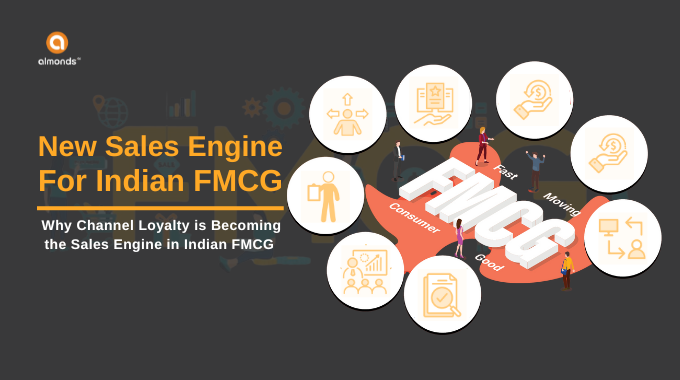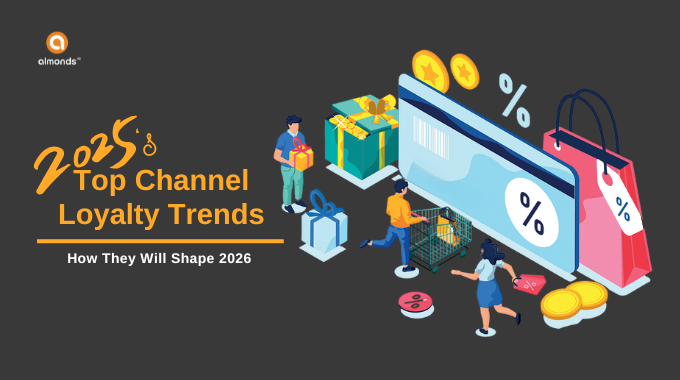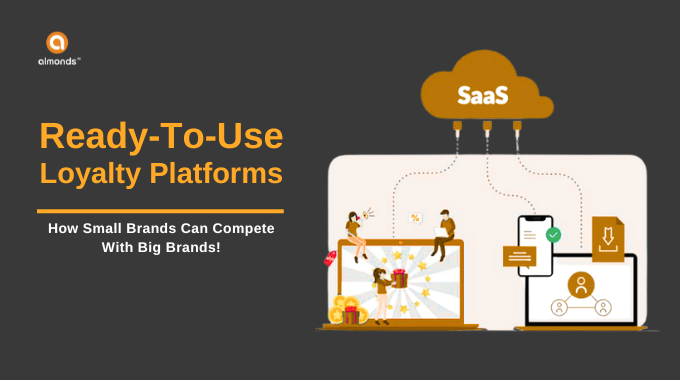Loyalty programs have become essential for businesses to drive customer retention, increase repeat purchases, and foster long-term brand loyalty. In today’s highly competitive environment, it is crucial for both B2C and B2B businesses to create meaningful connections with their customers or clients. Whether you are a small startup or an established enterprise, a well-designed loyalty program can help you retain customers, reduce churn, and boost revenues.
This guide will take you through the process of launching a successful loyalty program and explain the various types of programs that can be implemented to maximize customer engagement and business growth.
Why Your Business Needs a Loyalty Program
Loyalty programs have a proven impact on business growth, customer retention, and profitability. According to Harvard Business Review, increasing customer retention rates by just 5% can boost profits by up to 95%. Customers enrolled in loyalty programs tend to make repeat purchases, spend more per transaction, and remain loyal to brands that reward them for their engagement.
For B2B businesses, loyalty programs strengthen relationships with clients, partners, or distributors, which are crucial for long-term sustainability. Studies from HubSpot indicate that customer acquisition costs for B2B businesses can decrease by 25% when companies focus on client retention and loyalty initiatives.
Benefits of a Loyalty Program
A successful loyalty program provides several benefits, whether you’re targeting consumers (B2C) or other businesses (B2B): Here is some facts for customer loyalty for businesses-

1. Increased Customer Retention
Loyalty programs incentivize customers to return to your brand. Data shows that loyal customers are five times more likely to repurchase and four times more likely to recommend your brand to others. Building retention through loyalty programs also reduces reliance on customer acquisition, which is often more expensive.
2. Higher Customer Lifetime Value (CLTV)
The more a customer engages with your brand, the more value they generate over their lifetime. By offering rewards, businesses can increase the average transaction size and frequency of purchases, boosting overall revenue from each customer.
3. Cost Savings on Customer Acquisition
It’s well known that acquiring new customers is significantly more expensive than retaining existing ones. By focusing on customer loyalty, businesses can reduce marketing costs associated with attracting new customers, allowing them to allocate resources more efficiently.
4. Enhanced Brand Advocacy
A well-executed loyalty program turns customers into brand advocates. Satisfied and loyal customers are more likely to spread positive word-of-mouth and refer new customers. Studies show that over 90% of customers trust recommendations from people they know, making advocacy a critical component of any loyalty strategy.
5. Valuable Customer Insights
Loyalty programs provide businesses with rich data on customer behaviour, preferences, and purchase history. These insights can be used to refine marketing strategies, personalize communications, and create more targeted offers, driving higher engagement and satisfaction.
Read More: Top 15 Loyalty Program Ideas for Better Business Growth
Types of Loyalty Programs
Choosing the right type of loyalty program is critical to its success. Below are some of the most common types of loyalty programs used across B2B and B2C industries.
1. Point-Based Loyalty Program
Customers earn points for purchases, redeemable for rewards like discounts or free products.
Best For: Frequent, smaller transactions.
How It Works: Customers accumulate points and redeem them for perks.
2. Tiered Loyalty Program
Customers unlock higher rewards as they reach spending or engagement thresholds.
Best For: Brands with a diverse customer base.
How It Works: Higher spending customers move up tiers, unlocking better rewards.
3. Paid Loyalty Program
Customers pay a membership fee to access exclusive benefits.
Best For: Businesses offering premium value like free shipping or special access.
How It Works: Customers pay a subscription fee for premium perks.
4. Referral-Based Loyalty Program
Customers are rewarded for referring others to the business.
Best For: Businesses focused on customer acquisition.
How It Works: Rewards are given when a referred customer makes a purchase.
5. Cashback Loyalty Program
Customers receive a percentage of their spending back as cash or store credit.
Best For: Incentivizing frequent purchases.
How It Works: A portion of the customer’s spending is returned as cashback.
6. Partnered Loyalty Program
Customers earn and redeem points across multiple businesses.
Best For: Brands looking to collaborate with others.
How It Works: Multiple businesses join together to offer shared rewards.
7. Game-Based Loyalty Program
Loyalty is gamified with tasks, challenges, or competitions.
Best For: Brands targeting younger or tech-savvy audiences.
How It Works: Customers earn rewards by completing tasks or challenges.
8. Hybrid Loyalty Program
Combines multiple loyalty models, offering flexibility.
Best For: Businesses with diverse customer needs.
How It Works: A mix of loyalty structures like points, cashback, or tiered rewards.
Read More: 9 Types of Customer Loyalty Programs For Your Brand
Steps to Launch a Loyalty Program
1. Understand Your Audience
Before creating a loyalty program, it’s essential to understand your target audience’s behaviours, preferences, and pain points. For B2B businesses, consider your clients’ purchasing cycles and how you can incentivize repeat orders. For B2C businesses, focus on rewarding frequent purchases and creating value through personalization.
2. Set Clear Objectives
Define measurable goals for your loyalty program, such as increasing the average transaction size, improving customer retention, or boosting customer engagement. Establishing clear KPIs will help you track the success of your program.
3. Choose the Right Type of Loyalty Program
Select a program type that aligns with your business goals and customer preferences. Consider whether a point-based, tiered, referral, or hybrid program will best meet your needs. For example, if your goal is to acquire new customers, a referral-based program might be ideal.
4. Incorporate Technology
Use a robust loyalty platform to streamline the program’s operations, track customer behavior, and automate rewards distribution. Leveraging AI-powered platforms can help personalize rewards based on customer interactions and enhance the overall experience.
5. Design an Attractive Rewards Structure
Many factors impact on the structure of your loyalty and rewards program. Here is some of the factors

The rewards you offer should be valuable enough to motivate customers but sustainable for your business. Ensure the rewards are meaningful and aligned with your customers’ desires, whether through discounts, exclusive access, or special experiences.
6. Create a Marketing Strategy
Promote your loyalty program through multiple channels, including email, social media, in-store promotions, and direct outreach. Highlight the program’s benefits and encourage customers to join by offering incentives such as sign-up bonuses or exclusive offers.
7. Track and Optimize Performance
Continuously monitor your loyalty program’s performance using the KPIs you’ve set. Analyze customer engagement, retention rates, and redemption patterns to identify areas for improvement. Use customer feedback to refine your program and keep it appealing.
Conclusion
A well-designed loyalty program can transform your business by driving customer engagement, increasing repeat purchases, and building lasting relationships. Whether you’re a B2C or B2B company, choosing the right loyalty program model and aligning it with your business goals will ensure long-term success.
By understanding your audience, offering meaningful rewards, and continuously optimizing your program, you can create a powerful loyalty strategy that strengthens customer loyalty and delivers sustained business growth. Now is the time to invest in a loyalty program that not only retains customers but also turns them into brand advocates, ensuring your business stays competitive for years to come. If you are looking for a B2b loyalty platform, Almonds can be the right choice. Contact us today!







